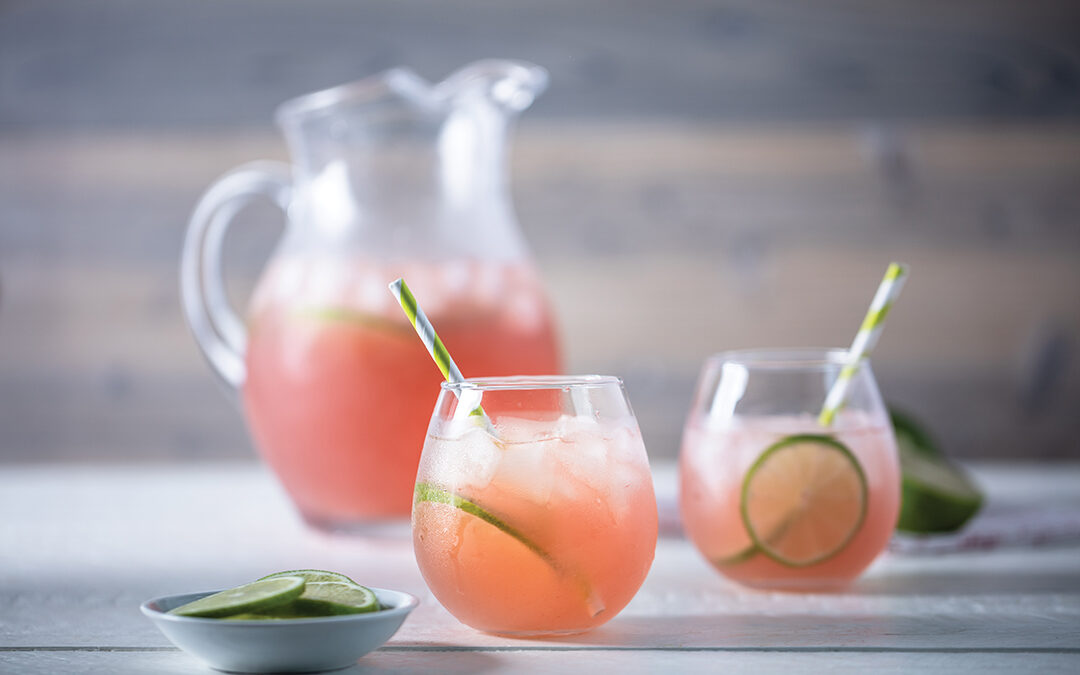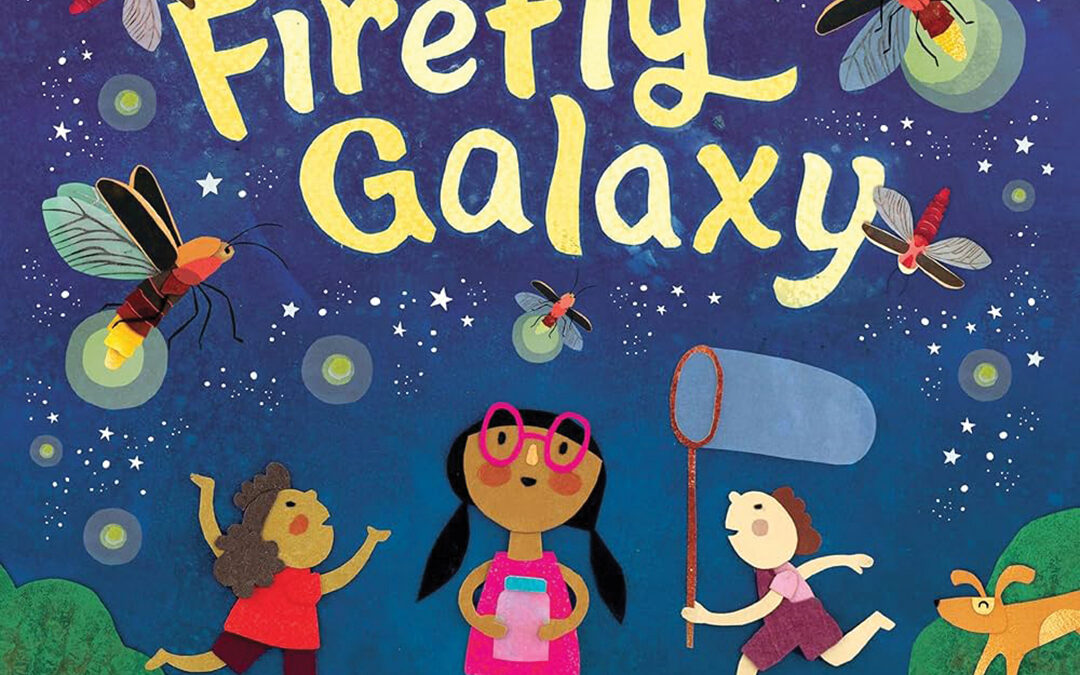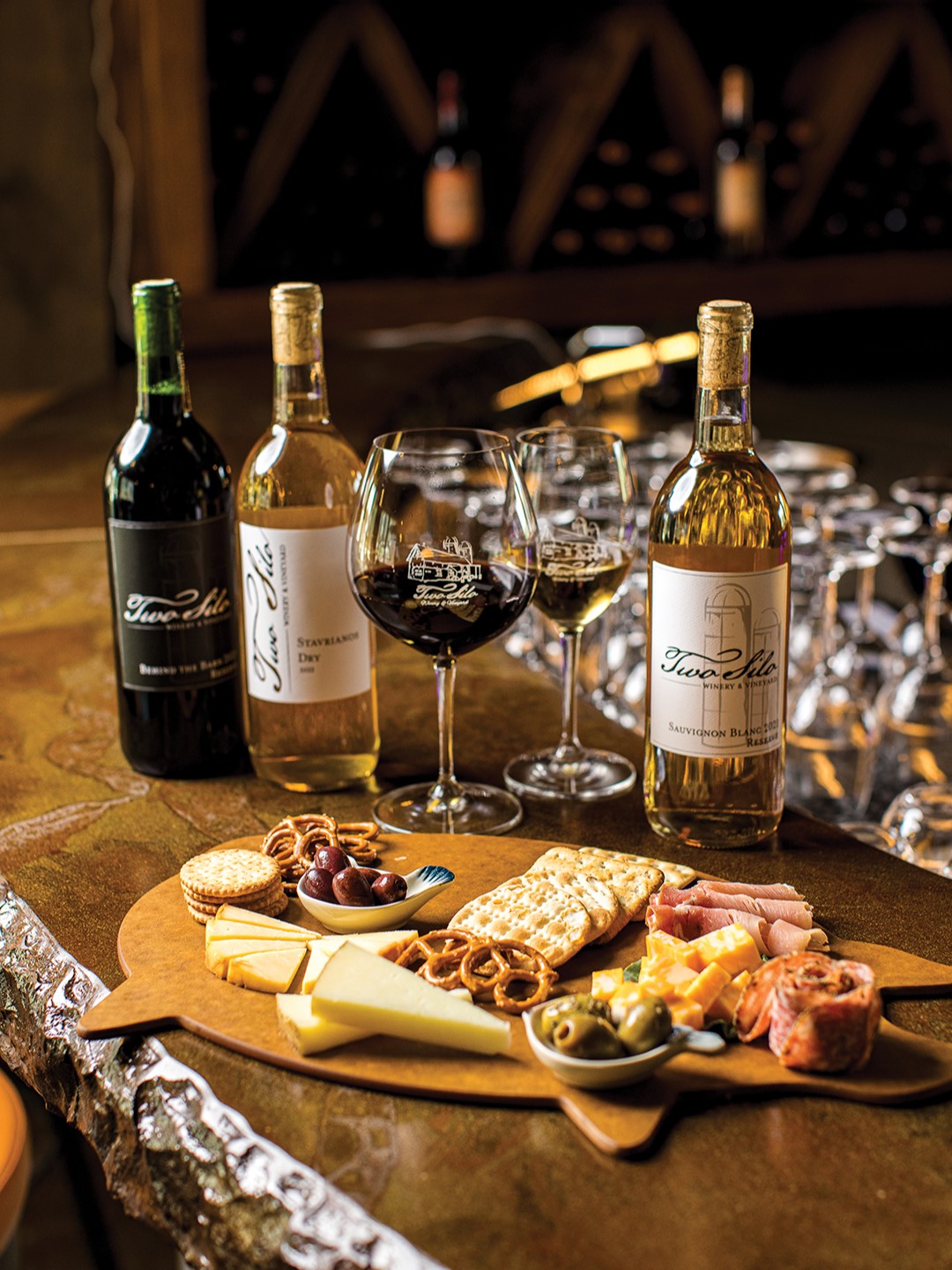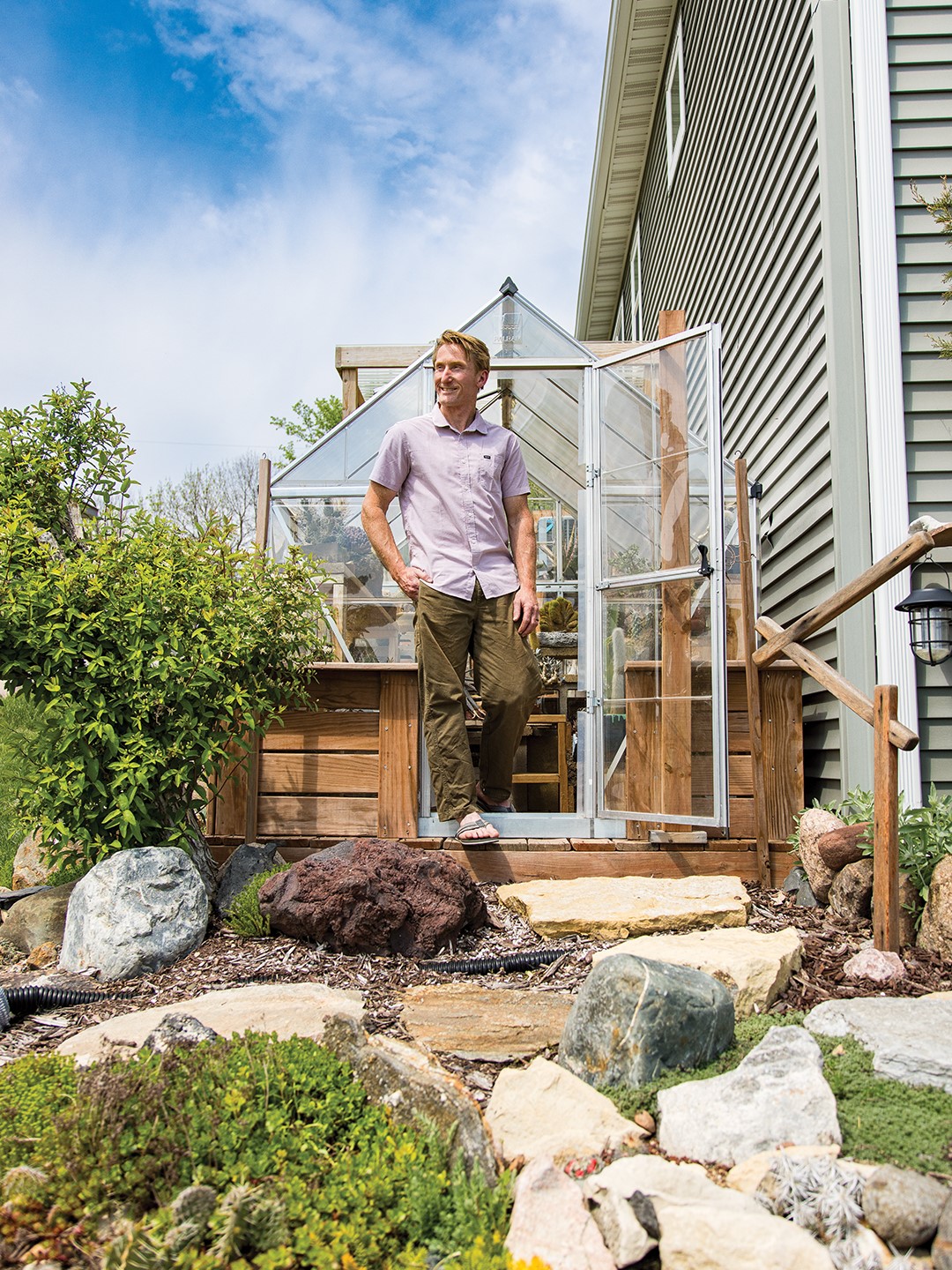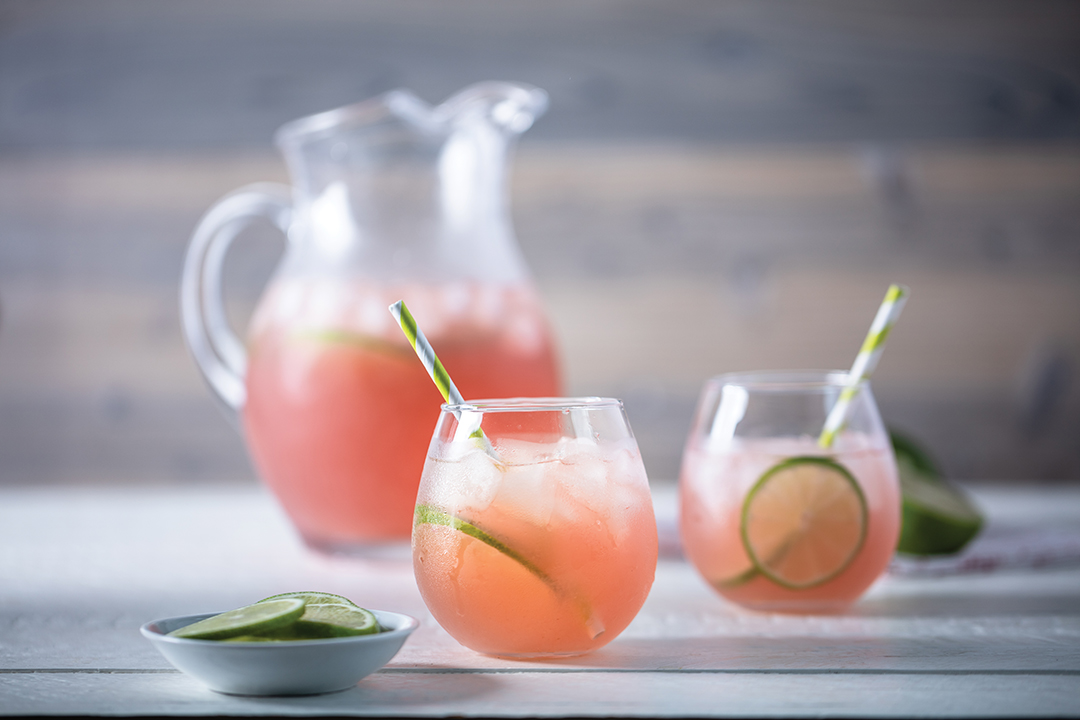
Photos: Dream of Wild Health
Dream of Wild Health is reclaiming the power of food.
As one of the oldest continually operating Native American organizations in the Twin Cities metro, this intertribal nonprofit has become a vital resource for urban Native youth.
Through a variety of gardening, cooking and culture-focused programs, youth as young as eight years old are provided with the opportunity to learn about their heritage and regain food sovereignty, a concept that recognizes access to healthy and culturally appropriate food as a right of all people.
Education through a hands-on approach is the driving force of the organization. With a 30-acre farm in Hugo as the classroom, individuals learn to work directly with the crops from seed to table. The goal is to help youth reconnect with their sacred customs through traditional plants and their culinary, medicinal and spiritual uses.
“You learn how to grow, harvest and cook the bountiful produce from an Indigenous standpoint,” says Nicole Butters, a Dream of Wild Health Garden Warrior, youth scholarship recipient, and kitchen and seed intern.
Along with growing and harvesting food participants are already familiar with, the program also presents them with older cultural foods that many have never seen before. The combination of this exposure encourages students’ own food growth, stoking an interest in cooking with clean foods raised from regenerated soils.
“We are trying to get the young ones to learn about all sorts of elements of a food system to create and sustain a Native focus food system,” says Hope Flanagan, community outreach and cultural teacher at Dream of Wild Health.
The programs dive into the various ways familiar crops are used, good and bad. One such lesson, Flanagan explains, is that some monocrops intended for edible purposes, such as corn and soy, are now utilized in the creation of methane gas and lubrication oils. This approach can then endanger the environment, altering the plant’s integrity and transforming it into a single-use toxin that will eventually lead to soil infertility.
Flanagan says the lesson in this example is recognizing the importance of humanity’s interconnected role within nature. “We are all just a part of this web of life,” Flanagan says. “Every invisible creature in the soil is just as alive as I am, and every plant is just as alive as I am. I can respect that and … know that the humans were the latecomers.
Though teaching Native practices and language is at the forefront of its mission, Flanagan says there’s something particularly gratifying about witnessing students connect with nature. It’s about truly digging in.
“Get your fingers, get your hands in the soil so that you can connect with our Mother Earth,” Flanagan says. “It is a healing thing and people are finding different ways to express it.”
For Dream of Wild Health alum Felicia Galvan, gardening became a means to discover herself. “[The program] really brought out a way to navigate a lot of the stressors I was going through,” she says. “It was a special way to communicate and connect with community,”
Through communing with the land in each of her roles as Garden Warrior, youth leader and seasonal farmer, Galvan says she was able to step back and tune into what she truly values. In her new position as youth engagement specialist at the American Indian Family Center, Galvan says she often thinks back on the lessons learned in her time at Dream of Wild Health.
“It wasn’t until I was coming to terms with my own Indigenous identity and really delving into food sovereignty [that I came to] understand that it is a way of reconnecting health, not only physically, but mentally,” Galvan says. “Connecting with land and people makes me feel whole.”
This year, Dream of Wild Health is celebrating its 25th anniversary and plans to grow into the newly-added 20 acres of land with construction starting this season.
From Farm to Table
You may be wondering where all that produce from the 30-acres goes. In addition to using the crops in cooking classes, Dream of Wild Health also sells produce at local farmers markets and sources produce for Indigenous chefs such as Sean Sherman, owner of Minneapolis restaurant Owamni by The Sioux Chef.
The Indigenous Food Network
This program provides Native-led organizations in the Twin Cities metro with the opportunity to build a stronger sovereign food system through collective action and reclaim community health for future generations. The Indigenous Food Network has a three-pronged approach: increase accessibility to Indigenous foods in schools and programs serving Native individuals, strengthen the network to serve more organizations and advocate for policy changes to support an Indigenous food system.
One of their latest ventures is the Indigenous Food Share. The initiative aims to raise funds to subsidize Community Supported Agriculture (CSA) shares to create healthy weekly produce boxes to increase food access to those who may not be able to afford it otherwise.
Summer Camps
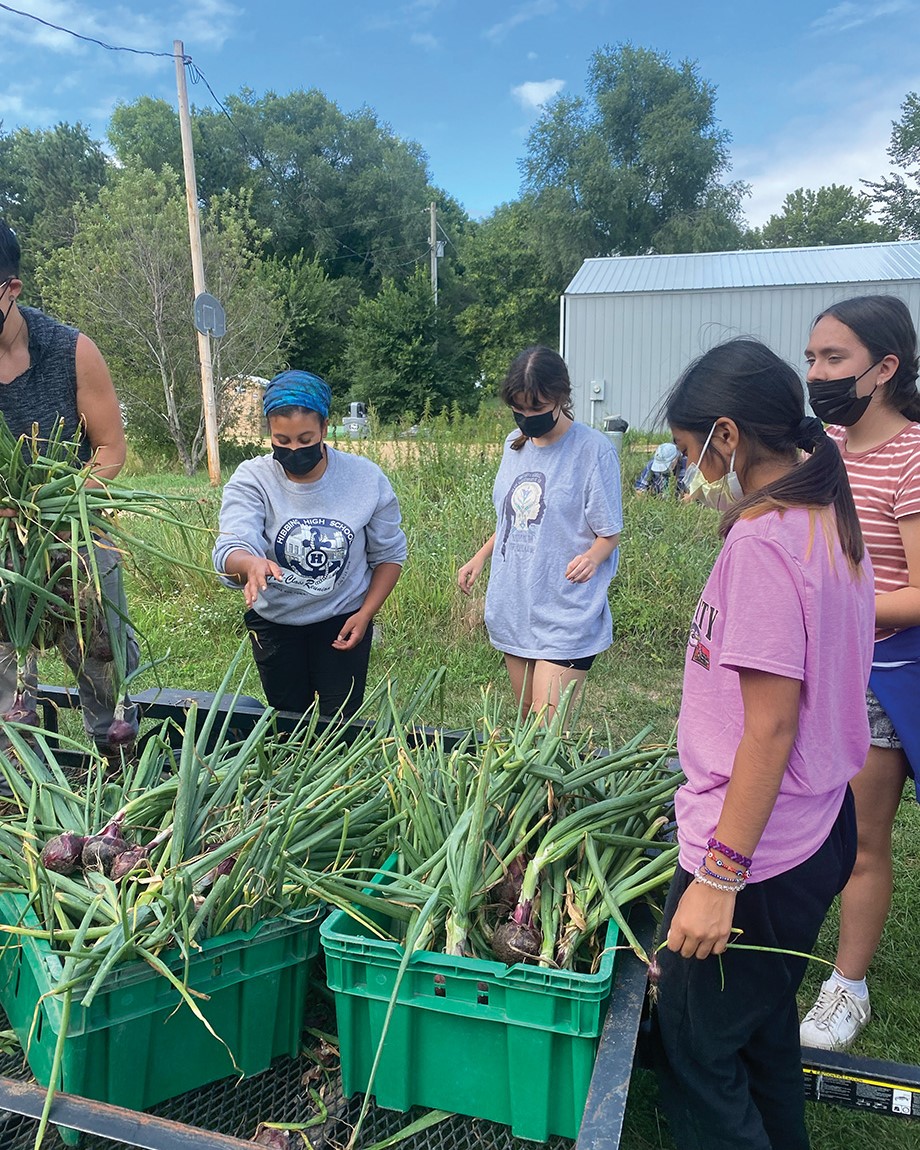
Cora’s Kids
Ages: 8-12
This four-day program teaches about growing and eating healthy foods, culture and the learning of language through traditional crafts and games.
Garden Warriors
Ages: 13-18
For four days a week over the course of two three-week sessions, the Garden Warriors learn about nutrition, physical activity, and Native culture and language.
In addition to their experience, summer camp participants and interns may receive a stipend for their work. To learn about Dream of Wild Health’s opportunities available to youth, visit dreamofwildhealth.org.
Dream of Wild Health
1308 E. Franklin Ave. Suite 203, Mpls.; 612.874.4200
Facebook: Dream of Wild Health
Instagram: @dreamofwildhealth
Twitter: @DreamWildHealth

